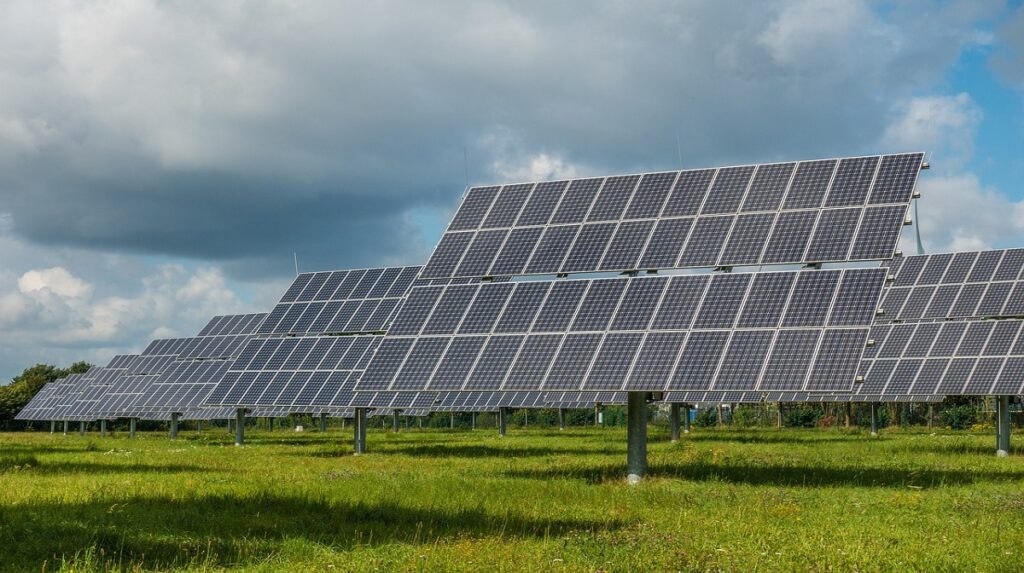Lego, the renowned Danish toymaker, has announced a significant milestone in its pursuit of sustainability, revealing plans to transition from fossil fuel-based plastics to more expensive renewable and recycled materials. This announcement comes as the company reported a robust financial performance, with a 26% increase in profits for the first half of the year, reaching 8.1 billion Danish krone ($1.2 billion). Consumer sales grew by 14%, a notable achievement given the broader toy industry’s struggles amidst a global downturn in non-essential spending. Despite these challenges, Lego’s CEO, Neils Christiansen, emphasized the brand’s strong global appeal, which continues to resonate across diverse age groups and interests.
The shift towards greener plastics has proven to be a complex challenge for Lego. The company, which produces billions of plastic bricks annually, has been testing over 600 different materials in its quest to find a suitable alternative to oil-based plastics. Despite these efforts, progress has been limited, prompting Lego to adopt a new approach that focuses on gradually reducing the oil content in its bricks. This involves purchasing certified renewable resin, the raw material used in the production of Lego bricks, at a premium of up to 70% more than traditional oil-based plastics. This strategy is part of Lego’s broader effort to encourage manufacturers to scale up the production of sustainable materials.
Lego is making strides toward its sustainability goals, with plans to ensure that more than half of the resin it needs by 2026 is certified according to the mass balance method, which allows for the traceability of sustainable materials throughout the supply chain. Currently, 30% of the resin used in the first half of 2024 meets these standards. Lego’s ultimate goal is to manufacture all its products from renewable and recycled materials by 2032.
The company is prepared to absorb the increased costs associated with this transition, leveraging its family ownership’s deep commitment to sustainability. Christiansen noted that this ownership structure allows Lego to pay more for raw materials without passing the additional costs onto consumers, acknowledging that the market may not yet be ready to bear the increased expenses. This move by Lego comes at a time when the market is flooded with cheap virgin plastic, driven by significant investments from major oil companies in petrochemicals. Plastics are expected to drive new oil demand in the coming decades, presenting a challenge for companies like Lego that are seeking to reduce their reliance on fossil fuels.
To address this challenge, Lego’s suppliers are increasingly turning to bio-waste, such as used cooking oil and waste fat from the food industry, as well as recycled materials, to replace virgin fossil fuels in plastic production. However, the market for recycled or renewable plastics remains nascent, with much of the available feedstock currently directed towards subsidized biodiesel for transportation fuels. Neste, the world’s largest producer of renewable feedstocks, has highlighted the significant cost disparity between fossil-based and sustainable plastics, with sustainable options often costing twice or three times as much.
Christiansen expressed optimism about the future, noting increased activity and willingness to invest in sustainable materials compared to a year ago. Rival toymakers are also exploring greener alternatives, though with varying degrees of commitment. Hasbro has introduced plant-based or recycled materials in some of its toys but has not set firm targets for reducing plastic use. Mattel, on the other hand, has committed to using only recycled, recyclable, or bio-based plastics in all its products by 2030, a timeline that aligns with Lego’s sustainability goals. The broader plastics industry, however, remains heavily reliant on virgin fossil fuels, with approximately 90% of all plastic still derived from these sources, according to PlasticsEurope, a prominent industry lobby group. Lego’s ambitious plans to transition to renewable and recycled materials by 2032 represent a significant departure from industry norms, positioning the company as a leader in sustainability within the global toy market.




